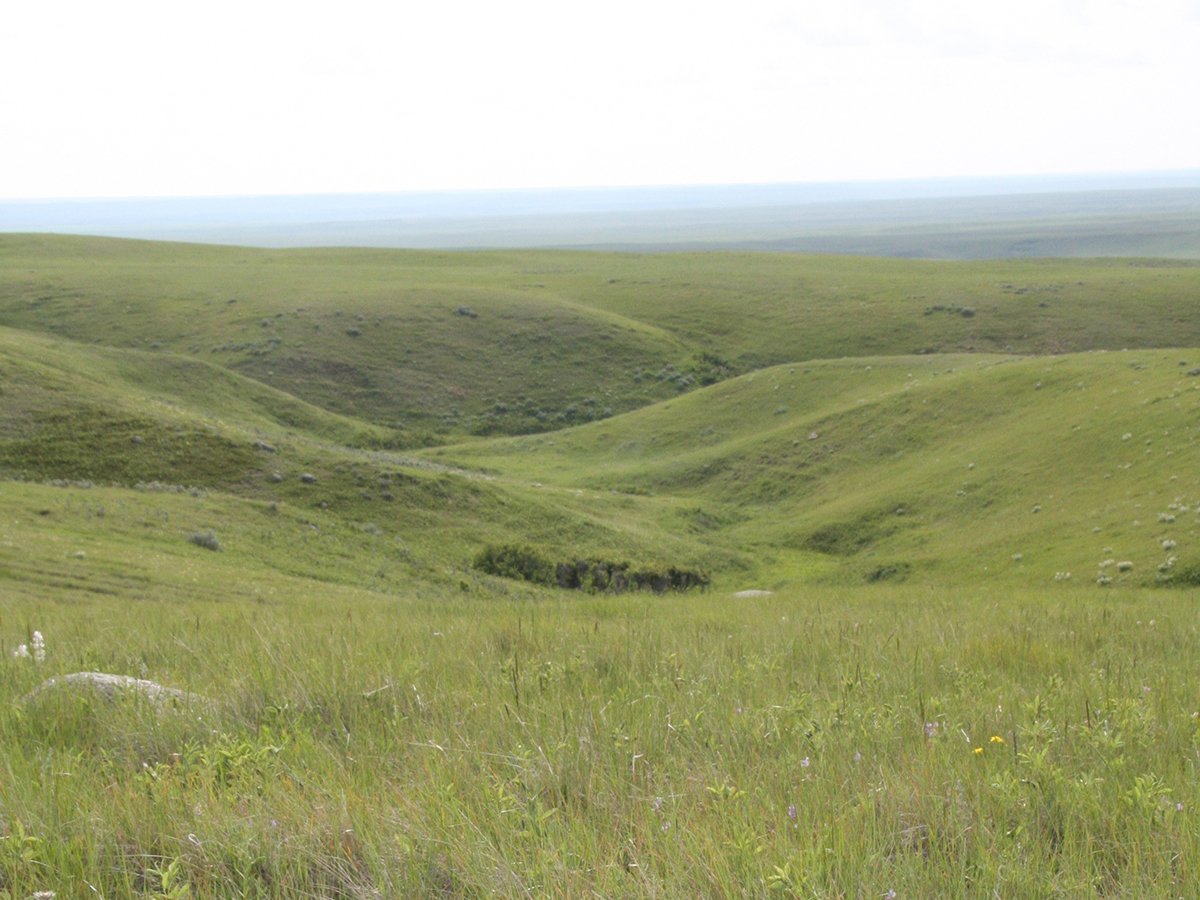NASHVILLE, Tenn. – Risk management for beef producers remains important, even if cattle prices are creeping upward.
“With the uncertainties we have faced in the past, it still says you should be pretty aggressive in your risk management,” said Mike Murphy of Cattlefax, a livestock analysis firm from Colorado.
“There is too much uncertainty and risk associated with these markets that we can’t manage against,” he said at a Cattlefax marketing session held Jan. 29 during the National Cattlemen’s Beef Association convention in Nashville.
“We can’t manage against terrorists and disease. We can manage against high grain prices and weather.”
Read Also

Alberta irrigation project on grasslands approved
Environmental concerns raised by Alberta conservation groups over irrigation expansion project within rural municipality
The cattle business has become more volatile in the last decade, forcing more producers to seek better risk management, said Bill Chandler, a market analyst with Cattlefax.
Records are a vital part of a risk management program, helping assess costs of production, break-even levels and reasonable profit projections.
Producers are encouraged to look at records from at least the last 15 years to study profits and losses.
They should also watch other markets, such as grain, to monitor trends. The highs and lows of corn prices affect the cattle market and producer incomes.
It is also important to talk with lenders, because it is unwise to base 100 percent of inventory on one opportunity, whether it is the cash or futures market.
Producers can develop a decision tree that plots cash trends, basis, futures market and whether they are high- or low-return producers.
“High-return producers who are low-cost and high-production have been profitable most of the time over the past 20 years,” Murphy said.
The average American cow-calf producer has averaged about $3.04 a head US in profit since 1980, while high-return producers may garner as high as $65 a head in profits.
The high-return producers have a better than average calving percentage. Overall costs per cow, including feed, are lower than average.
While the fed-cattle industry drives the live market, it has not fared nearly as well in the last two decades.
On average, the fed-cattle price between 1981 and 2002 was $68.08 per hundredweight, while the breakeven for the same period was $68.01. In fact, during the last 18 months, the feeding industry has had some of the worst sustained losses in history.
“If you are shooting for the moon every time, it’s not going to happen. The data proves it,” Murphy said.
Seasonality also adds to volatility for all classes of cattle.
Between 1980 and 2002, Cattlefax statistics show the first three months of a year are often the strongest for fed cattle. Summer prices are often flat or unprofitable, followed by improved returns in the fall.
The analysts suggested the best time to place calves in feedlots is the second half of the year. They will be ready for market when returns are high in the first quarter of the following year.
This may involve weaning calves earlier or taking them off grass sooner so they can go on feed and finish when there is greater beef demand.
However, these plans can go awry.
The 2002 markets appeared to be rebounding until a foot-and-mouth disease scare broke out in Kansas on March 12. Markets plummeted.
Unprecedented drought in the West forced producers to sell sooner because of lack of feed and water.
It is also important to watch the meat market.
Beef production reached a record level last year because of heavier carcass weights.
Every extra pound of carcass weight adds the equivalent of 10,000 head to the weekly supply.
Last year carcass weights were 40 lb. above average, which is similar to adding 40,000 extra cattle to the weekly kill. Overweight cattle add more beef than the market can comfortably consume and prices drop.
Grain prices also increase uncertainty. The corn price per bushel influences the price of calves.
Grain and feeder cattle are the two biggest input costs for feedlots. Higher grain prices affect breakevens, so feeders are likely to reduce their bids for calves.
Despite the volatility, analysts are forecasting an upward trend in prices because the cattle supply is expected to be at its lowest level since 1995.
However, they warn producers to be cautious. Ask the following three questions when assessing the market’s health.
- Are feedlots losing money on the fed cattle they sell?
- Is the break-even price for feeders bought today lower than the current fed cattle price?
- Does the cattle futures price carry a higher than normal premium to the cash price?
If the answer to two or more of these questions is yes, then there are problems ahead for cattle prices. The troubles could be an oversupply of market ready cattle, increasing cattle weights, increasing days on feed, large feedlot losses and a surplus of beef.
This occurred in 1974, 1985, 1991, 1998, and 2001 – all years when prices crashed.
“When all three cardinal rules are broken, producers need market protection,” Chandler said.

















